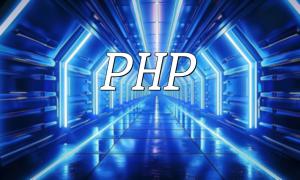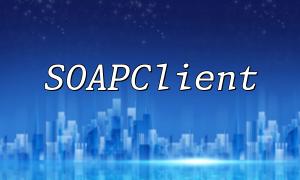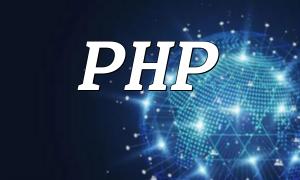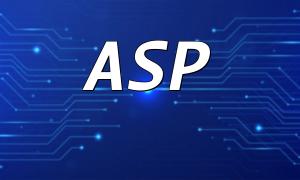First, download the latest version of the ThinkPHP framework from the official website or GitHub repository. Choose the version that fits your project needs and extract it into your project directory.
After extraction, you will get a folder named "ThinkPHP" which contains the core framework code.
Inside the ThinkPHP framework folder, there is a file named "index.php", which serves as the application entry point. You need to configure this file according to your project directory structure.
Open "index.php" and find the following code snippet:
// Define application directory
define('APP_PATH', __DIR__ . '/../application/');
// Load the framework bootstrap file
require __DIR__ . '/../thinkphp/start.php';
Make sure the "APP_PATH" points to your application directory within the project.
Outside the ThinkPHP framework folder, create a folder named "application" and set up the necessary subdirectories inside it.
For example, create a "common" directory for shared modules and functions. Additionally, depending on your project requirements, you can create other directories under "application", such as an "admin" directory for a backend management system.
After completing the configuration, set the application root directory on your web server, and access the entry file via a browser.
For example, if the web server's root points to your application directory, you can access it with the following URL:
http://localhost/index.php
If everything is configured correctly, a welcome page will appear, indicating the application is running successfully.
Following these steps, you have successfully installed and configured the ThinkPHP framework. You can now proceed to further develop and extend your application based on project needs.
ThinkPHP offers developers a rich set of features and components that simplify development processes and improve efficiency. Known for its ease of use and powerful capabilities, it is an ideal choice for building high-performance web applications.









